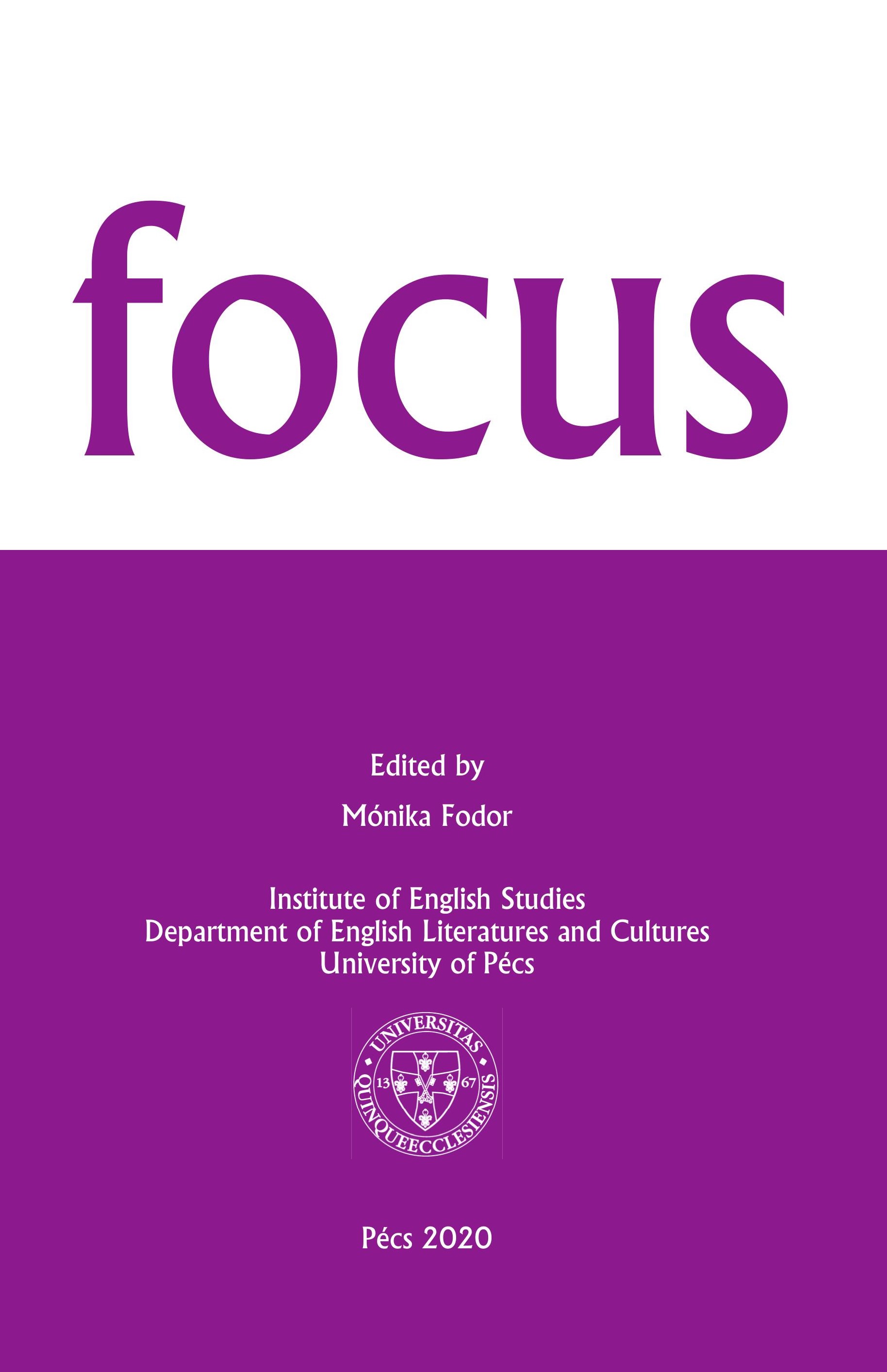“The Book Of eternal brass”: The Bible and the Laws in William Blake’s The [First] Book of Urizen and Emanuel Swedenborg’s The Last Judgment
DOI:
https://doi.org/10.15170/Focus/12.2020.2.31-55Abstract
William Blake was an artist and thinker whose character was as controversial as it was misunderstandable, even in his own time, let alone after his death. His works reflect a philosophical and theological system that is very diff erent from what we are used to in connection with the eighteenth and nineteenth centuries, more precisely, from our usual assumptions about the periods of the Enlightenment and Romanticism. The universe he created out of contemporary and earlier philosophical systems, the influence of religious movements like the Moravians and theologians like Emanuel Swedenborg or thinkers like Johann Kaspar Lavater, together with his own personal faith and idiosyncratic interpretations, might seem to be chaotic: a form of disorder, at least for the fi rst encounter. However, this apparent disorder is not a chaos, but the result of a new way of seeing the world, which is grounded in a unique understanding of the relationship between language and thinking.
Downloads
Published
How to Cite
Issue
Section
License
Copyright (c) 2022 FOCUS: Papers in English Literary and Cultural Studies

This work is licensed under a Creative Commons Attribution-NonCommercial-NoDerivatives 4.0 International License.
FOCUS: Papers in English Literary and Cultural Studies follows the principles laid down by Creative Commons, which provides guarantees for the Author’s copyright while also ensuring that intellectual properties are made available for the wider public in a digital form. All papers submitted to the journal apply the following licence conditions (indicated on the journal’s website as well as in individual publications):
“© This work is licensed under a Creative Commons Attribution-NonCommercial-NoDerivatives 4.0 International License.”
You are free to:
- Share, copy and redistribute the material included in the journal in any medium or format under the following terms:
- Attribution — You must give appropriate credit to the Author, and indicate the original place of publication [FOCUS: Papers in English Literary and Cultural Studies, Issue nr., page numbers.].
- NonCommercial — You may not use the material for commercial purposes.
- NoDerivatives — You are not allowed to remix, transform, or build upon the material.
- The above conditions must always be indicated if the journal material is distributed in any form.
- The above conditions must always be met, unless a written permission signed by the Author and the Editor-in-Chief states otherwise.

